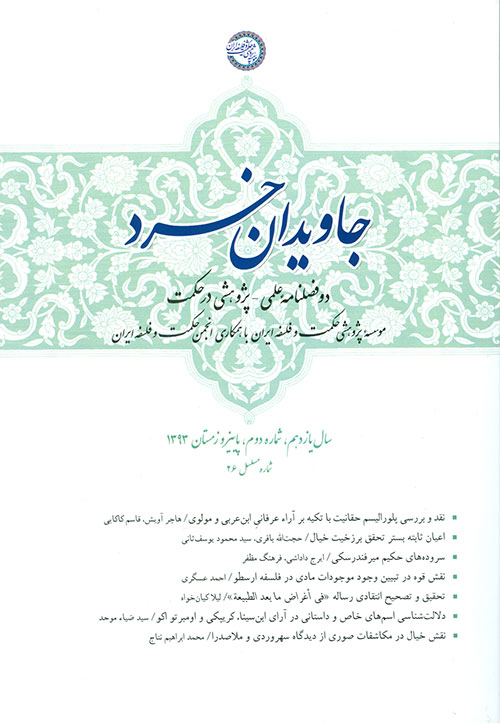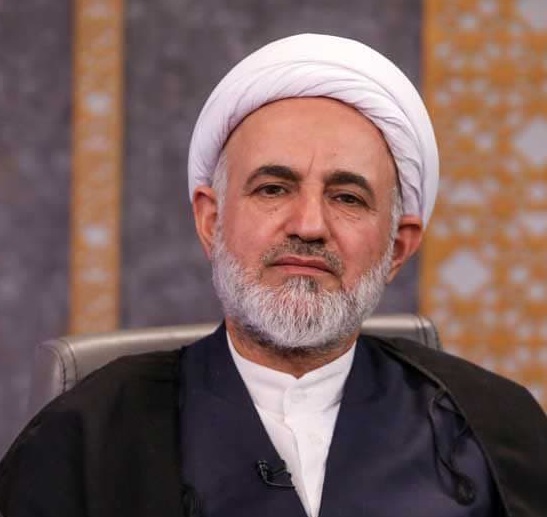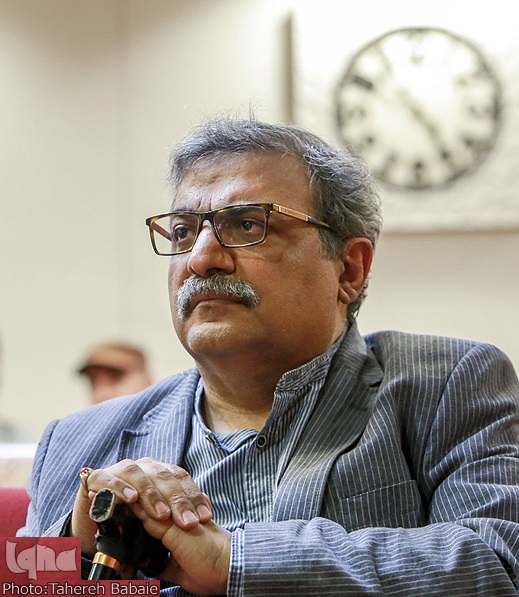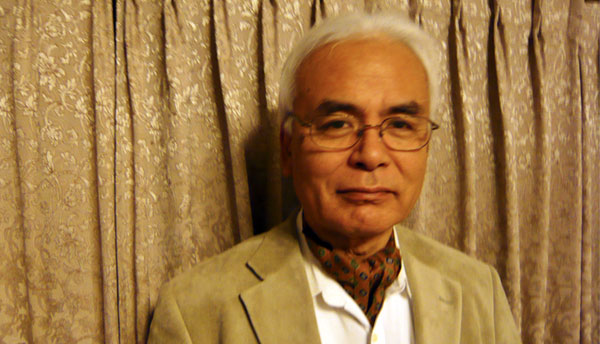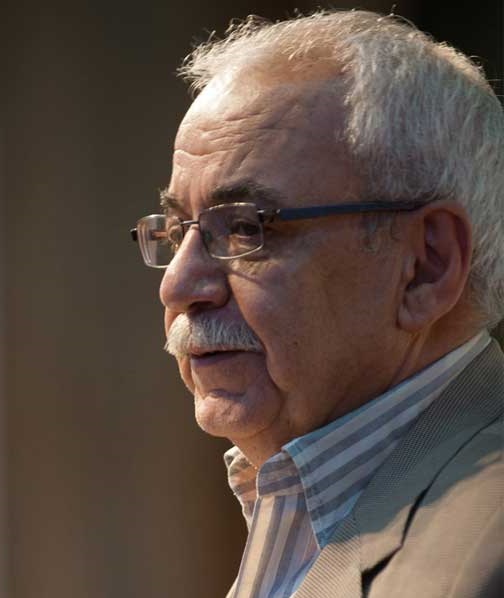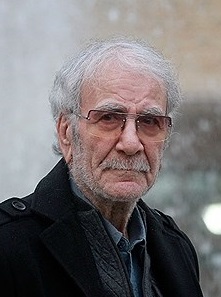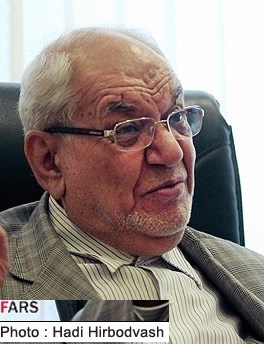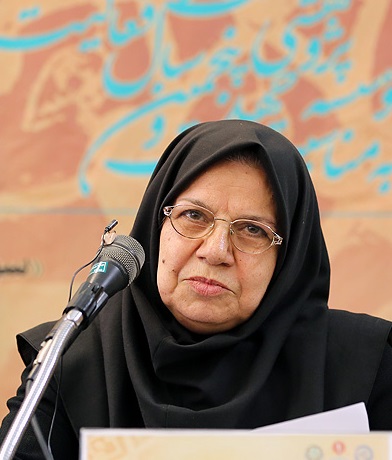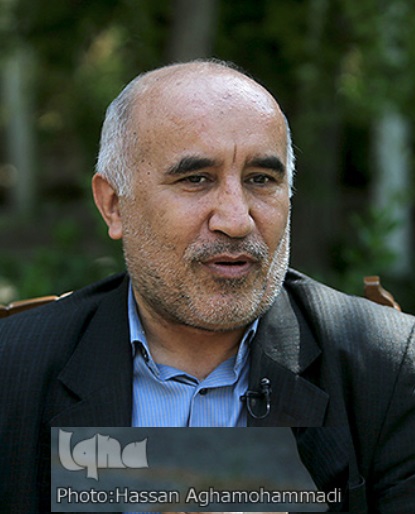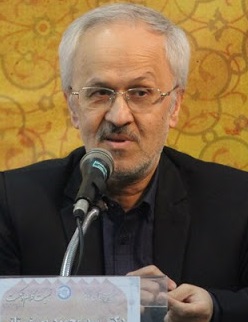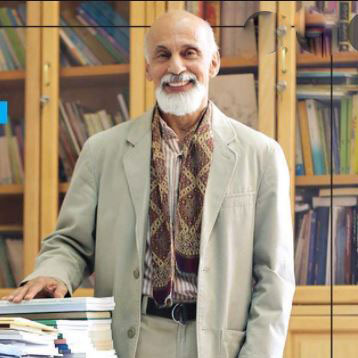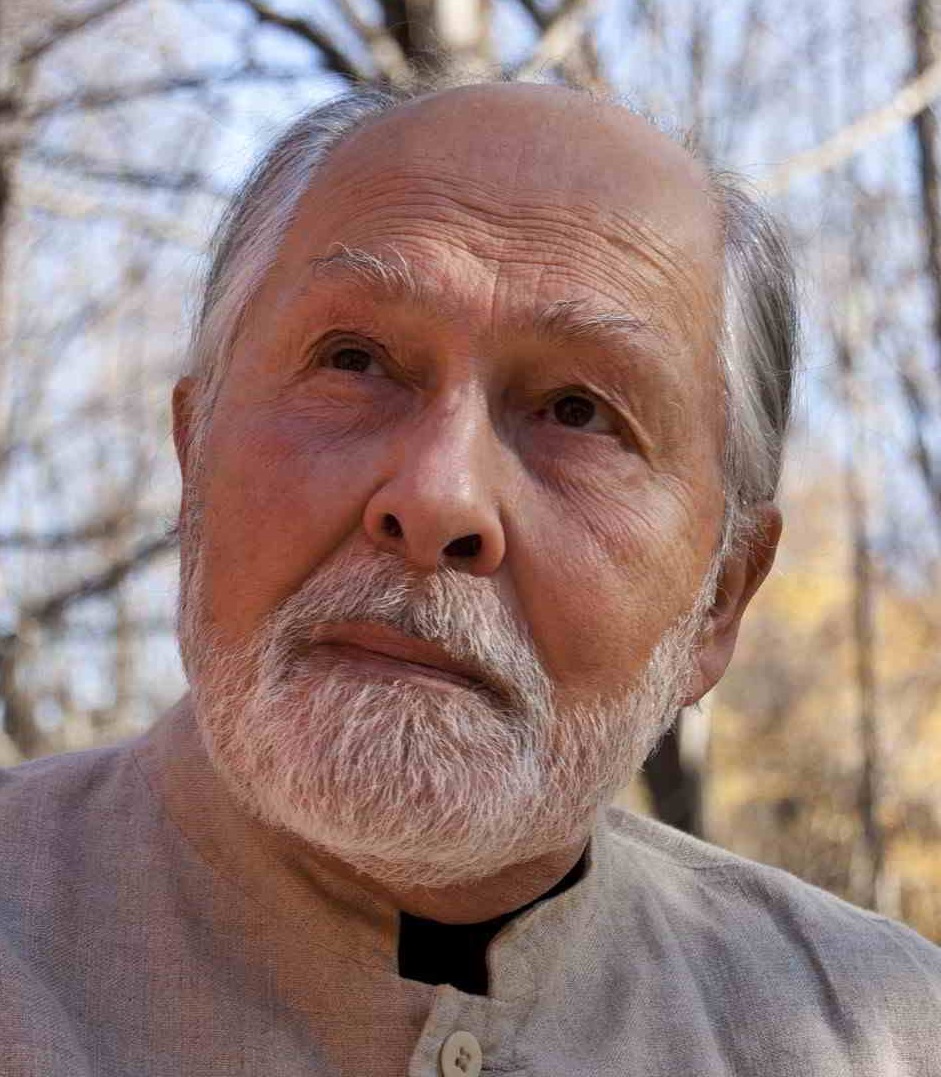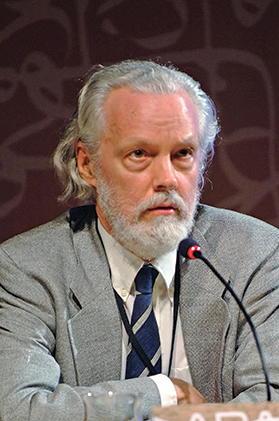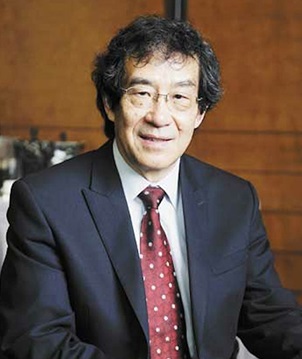Critical Study of Burckhardt's view on Iranian Painting
Keywords:
Iranian painting, Burckhardt, imaginal world, Eternal Hecceities, Non-RealismAbstract
AbstractTraditionalists are considered as one of the most influential intellectual movements in the purview of Islamic art. Titus Burckhardt is one of important thinkers who has interpreted Iranian paintings with a gnostic and mystic approach.The extent of his discussion in terms of time begins from the patriarchal period and continues until the second half of the sixteenth century.Now, the question is that can we get a correct understanding of the paintings with his interpretation? The aim of this essay is to find a closer understanding to Iranian paintings by criticizing Burckhardt's view. The findings of this research indicate that his view is faced with serious challenges and criticisms in three purviews of non- realism, eternal hecceities and the world of imagination. The research is conducted based on library sources, using analytical- descriptive method. Key words: Iranian Painting, Burckhardt, Imaginal World, Eternal Hecceities, Non-Realism. Iranian paintings are one of the most controversial topics in the field of Islamic art that has been researched and studied by various researchers. Titus Burckhardt is one of important thinkers who has interpreted Iranian paintings with a gnostic and mystic approach. Now, the question is that can we get a correct understanding of the paintings with his interpretation? In order to find the answer of this question, first a descriptive report of his point of view will be presented and then, we will elaborate on his words and finally, try to examine it with other criteria such as historical and analytical-logical approach. From his point of view, the Persian miniature does not seek to portray the outward world; instead, what it is indirectly describing is the "immutable essences" (al-aʿyān ath-thābitah) of things. Although the “immutable essences” of things, cannot be apprehended because they are beyond form, but they are none the less reflected in the contemplative imagination. Therefore, the above can be summarized in three statements: First: The Iranian artist is not trying to illustrate the sensible world. Second: he draws the imaginary space directly. Third: he indirectly represents immutable essences.Now, we have to ask what is Burckhardt's argument for the first statement? In this regard, it seems that he points to the lack of use of shading and perspective and considers it as evidence of his claim.As for the second proposition, it must be noted that Burckhardt does not claim that Iranian paintings are always imaginary, but he says that this atmosphere occasionally confers upon the Persian miniature a kind of Edenic reverberation.But as for the third sentence, why does he believe that the artist seeks to depict - al-aʿyān ath-thābitah? it seems that Burckhardt tries to justify the generality of the images with this theory.this research indicate that his view is faced with serious challenges and criticisms in three purviews of non- realism, eternal hecceities and the world of imagination. Here it is enough to mention some of them, such as:From referring to literary works, it defines that the principle of non-realism existed in painting, but this view was not specific to the Ilkhanate, Timurid and Safavid periods, but also existed before that. In addition, although some scholars tried to infer non-realism from some works of painters like Qanun as-Suwar of Sadiqi Beg, but by referring to these works, it becomes clear that the lack of realism can not be used. Moreover, the concept of realism needs to be explained. In other words, there are two types of realism that must be distinguished between them: The first is European realism and the other is Iranian realism. Burckhardt does not deny both of them in relation to Iranian miniatures, but he only denies the European realism about it. But really, does the Iranian artist want to paint imaginal world? Some historical documents do not show that the painters are trying to draw the world of imagination, rather, they refer only to the imagination of the painter. But is this a critique of Burckhardt? it seems that the lack of historical documents in this regard is not a reason to deny it because works such as albums were not the place to declare this subject. Of course, by referring to some historical sources like Golestan-e Honar, we can find some mystical descriptions about some painters such as Pir and Dervish, etc but the fact is that these attributes can only indicate the possibility of connection with the world of imagination and they do not prove anything more.According to Burckhardt, the Iranian miniature seeks to indirectly draw al-aʿyān ath-thābitah and in this way he tries to explain the generality of the miniatures. But referring to the sources of theoretical mysticism, it becomes clear that eternal essences are not specific to generalities, but there are also individual eternal hecceities. Now, the question here is why the painters did not draw individual eternal essences when they wanted to paint the faces of individual persons? In addition, general and individual are terms that have different meanings in different sciences. For example, the definition of this term in logic is different from its definition in mysticism. But when Burckhardt speaks of the generality of miniatures, his explanation is compatible with the definition of the general in logic, whereas if the paintings are general and they refer to the generality of fixed entities, they must be consistent with the mystical explanation of the general. In response to this critique, one might say that if all painters are not people of intuition and want to draw the generality of objects, they have no choice but to abstract and discard the details of each object. For this reason, Burckhardt's view is that all normal painting is dependent upon sensory intuition to take sense experience and draw out from it those qualities that are typical of a individual thing and transmit them to the surface of the paper
